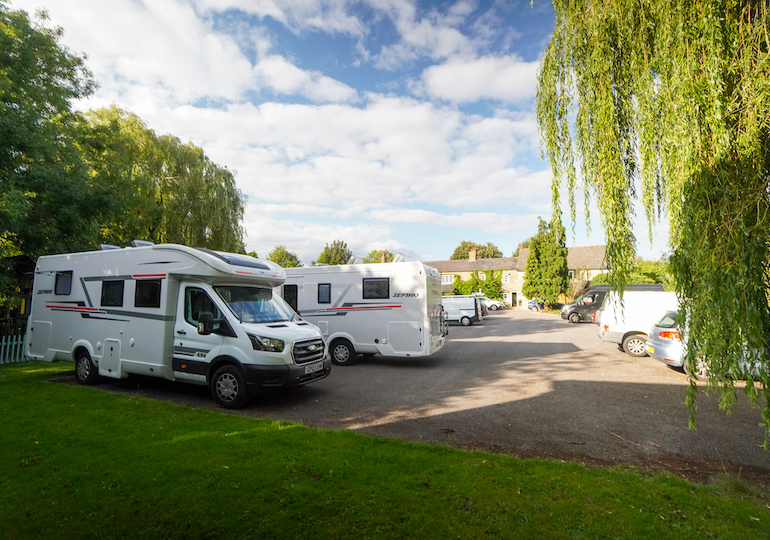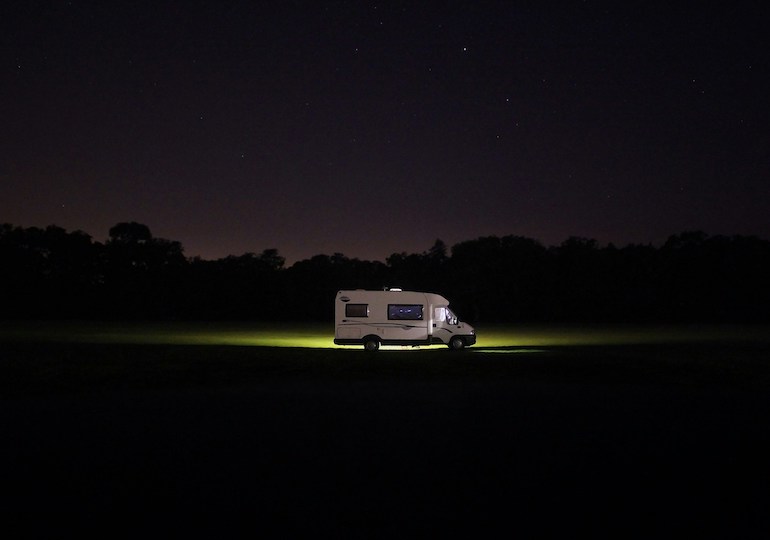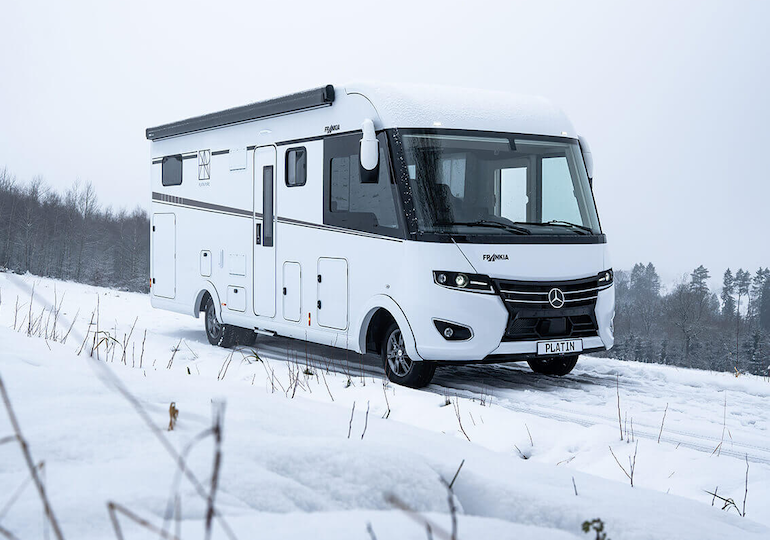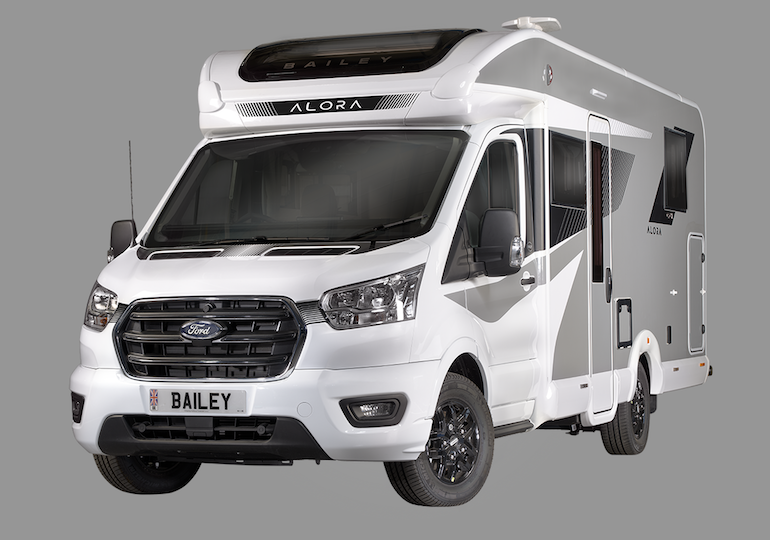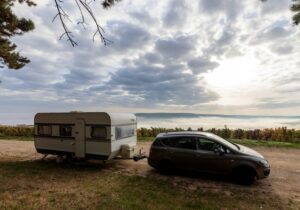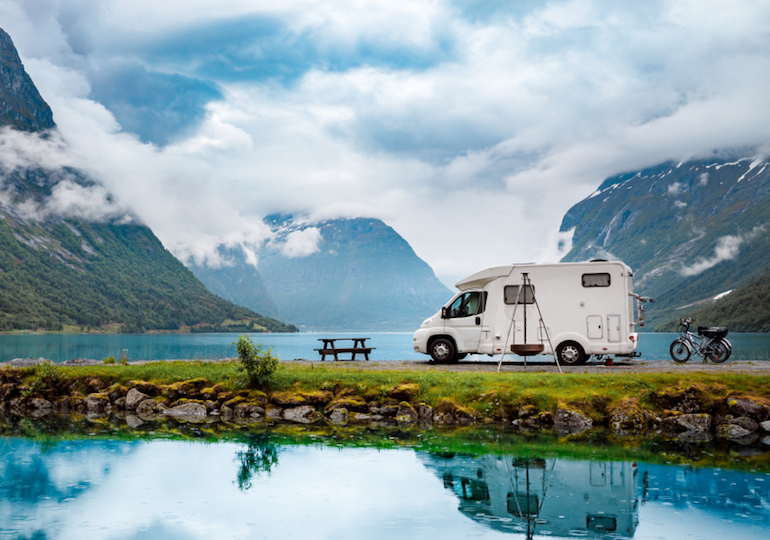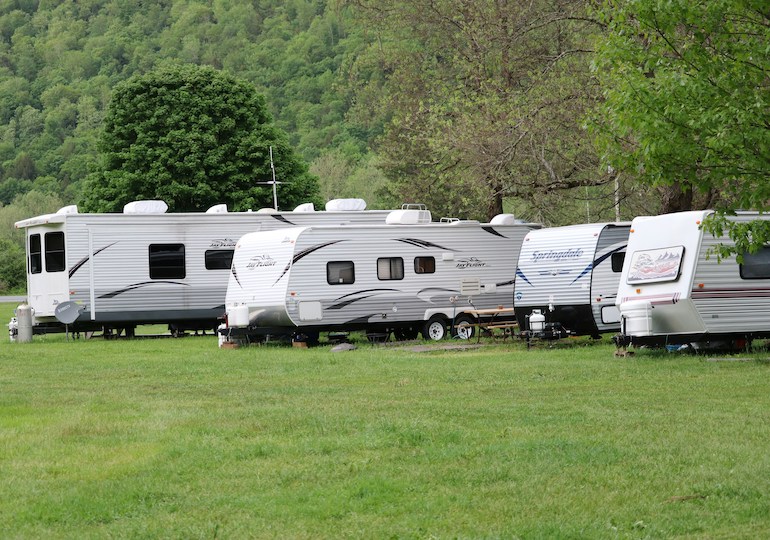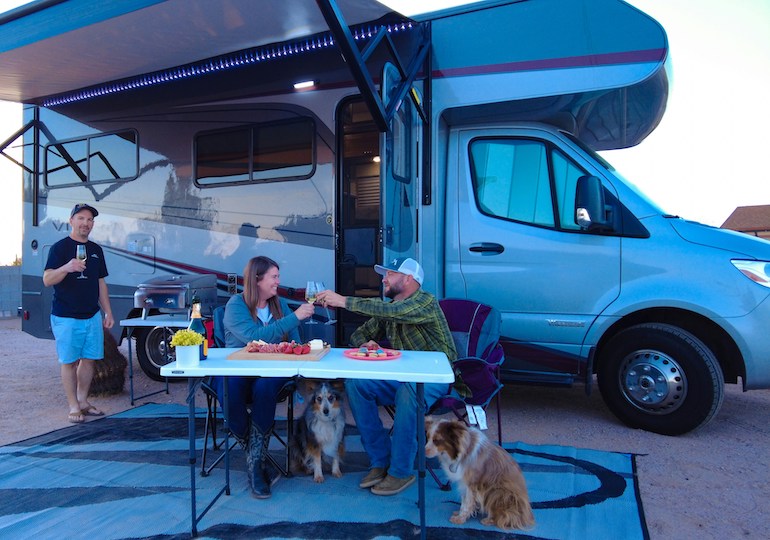Dan Cartwright has over 12 years of experience in the caravan and motorhome industry. He is a judge for a number of prestigious leisure vehicle awards and regularly heads off in his motorhome with his family. Every week, Dan shares his insights with the community. Here’s what he has to say this week.
There are two unavoidable facts when it comes to choosing your motorhome. Firstly, the chassis rating – specifically, the maximum laden weight it can handle, as specified by the manufacturer. Secondly, your licence restrictions. When did you pass your driving test? If the answer is any time after 1997, you’re limited to no more than a combined weight of 3,500kg and therefore unable to legally operate any motorhome with a chassis rating higher than that.
However, the licence restrictions are not the same for towing. In fact, you can tow a combined rig of up to 5,000kg. This raises a few questions and takes a bit of time to wrap your head around. Before we do just that, picture this:
There’s a motorhome you like and it’s 3,650kg. You’re in your mid-40s, having passed your driving test in 1998. So, you’re unable to legally drive that leisure vehicle. However, there’s no law stopping you from putting it on a trailer and towing it. This might sound ridiculous and I don’t recommend that you do it – but it’s not illegal.
Motorhomes exist on various weight chassis, with lots of models available at 3,500kg or just under. These range from two to six-berth and will fall within the legal restrictions. Some manufacturers offer paid or free upgrades to increase your chassis rating up to anywhere around 3,500kg to 4,000kg, as it raises the weight capacity your motorhome can carry.
Having judged weights and measures for many years at the Motorhome Design Awards, this is quite a significant issue. In particular, when you start looking at certain family layouts with lots of habitation and equipment, it becomes increasingly difficult to compromise on payload when you factor in the weight of two adults, one or two children, gas bottles and even water and waste tanks.
So, when you’re thinking about buying a motorhome, this is something you really need to consider. Take the mass of your desired leisure vehicle and subtract that from 3,500 – that’s what you’ve got left to play around with. Don’t go over that limit as you’ll be breaking the law and potentially putting yourself and your guests in danger.
Now, you could do things like only fill up with shopping when you’re at a destination, travel with empty tanks or not take full water and waste tanks. But you don’t have to, because there’s another solution – buy a trailer.
This might sound a bit silly at first, but it’s a simple way to beat the restrictions legally and safely. I think we’ll start to see more trailers attached to caravans because you can put absolutely anything you want in it (to the weight limit of the trailer, of course) and avoid having to leave anything behind. More and more motorhomes are now being fitted with tow boards and the majority of manufacturers offer it as an upgrade, if not as standard.
So, stay safe and don’t break the law. Consider putting items in a trailer for your motorhome, rather than inside the leisure vehicle and you’ll find there’s no need to compromise on weight.
Photo credit: Tom Fisk / Pexels






